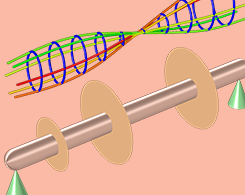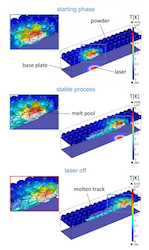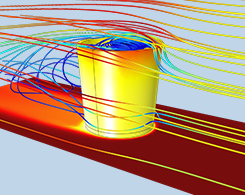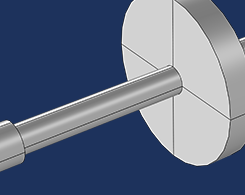Structural & Acoustics Blog Posts

How to Perform Various Rotor Analyses in the COMSOL® Software
Check out all of the different types of rotor analyses you can perform using the specialized features in the Rotordynamics Module, an add-on to COMSOL Multiphysics®.

Analyzing a Probe Tube Microphone Design with Acoustics Simulation
Probe tube microphones are an important component in hearing aids. Learn about how you can use acoustics modeling to analyze the design and predict the performance of these devices.

Analyzing Laser Beam-Matter Interaction in Selective Laser Melting
Selective laser melting is a common and important process in many types of manufacturing. You can model the interaction between the laser beam and matter for a closer look at this process.

How to Model Heat and Moisture Transport in Porous Media with COMSOL®
Modeling the transport of heat and moisture in porous media, like building envelopes and other construction materials, is a simple process with a predefined Heat and Moisture Transport interface.

Simulating Powder Compaction with Porous Plasticity Models
Powder compaction is an important and popular technique in many manufacturing industries. You can use porous plasticity models to analyze and improve the powder compaction process.

How to Model Heat and Moisture Transport in Air with COMSOL®
First, we discuss how to model heat transport in moist air. Then, we add complexity by demonstrating how to couple heat and moisture transport in air in your simulation.

Studying Stress in Threaded Pipe Fitting Designs from CAD Assemblies
Threaded pipes are durable, reliable, and resistant to damage from heat and stress. You can combine a CAD assembly of a threaded pipe with a COMSOL Multiphysics® analysis to study its design.

Analyzing Critical Speeds with the Rotor Bearing System Simulator
The critical speed of a rotor is the speed at which the amplitude of the vibration in the system could potentially cause failure. Analyze critical speeds in rotor designs with an application.
